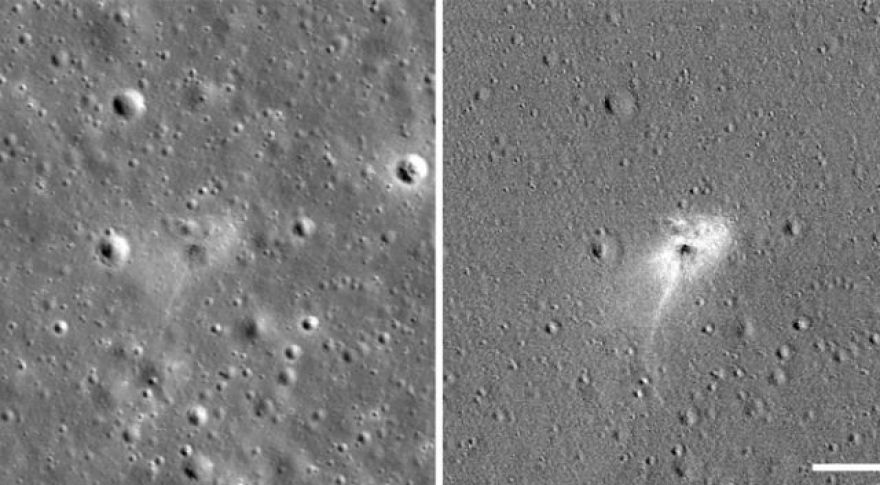
NASA Spots Remains of Beresheet Spacecraft on the Moon
Beresheet was supposed to be the first privately built spacecraft to land on the moon, and it technically succeeded in that task. The probe, built by Israel-based SpaceIL, lost contact with Earth during its landing on April 11, . NASA’s Lunar Reconnaissance Orbiter (LRO) passed over the intended landing site on April 22, and the agency just .
Beresheet, which is Hebrew for “in the beginning,” launched on February 22 as a secondary payload on a SpaceX Falcon 9 rocket. There were early signs that all was not right with the spacecraft when a computer reset in late February forced the .
The team suspected what remains of Beresheet would be scattered across the surface of Mare Serenitatis, and indeed it is. The Lunar Reconnaissance Orbiter passed over that area, using its two black-and-white Narrow Angle Cameras (NAC) to get a photo of Beresheet’s landing zone.
Beresheet would have been the first private spacecraft to perform a soft landing on the moon.
The image above on the right is the unprocessed image, showing a dark point in the center of a light halo. The right image is processed to increase contrast and detail. NASA estimates the dark area is about 10 meters in diameter and is caused by a disruption in the surface from the hard landing. The rougher surface reflects less light than the smooth region surrounding it. The light halo around the impact could be from gases released by the lander or from soil particles thrown outward by the hard landing.
NASA is confident we’re looking at the remains of Beresheet and not one of the many meteorites that hit the moon every day. The features of the impact look artificial, and NASA knew the likely location of the crash within a few miles thanks to telemetry from SpaceIL. Efforts are still ongoing to bounce lasers off the Lunar Orbiter Laser Altimeter, which was mounted on Beresheet. There’s a possibility the device and may still be usable.
Now read: